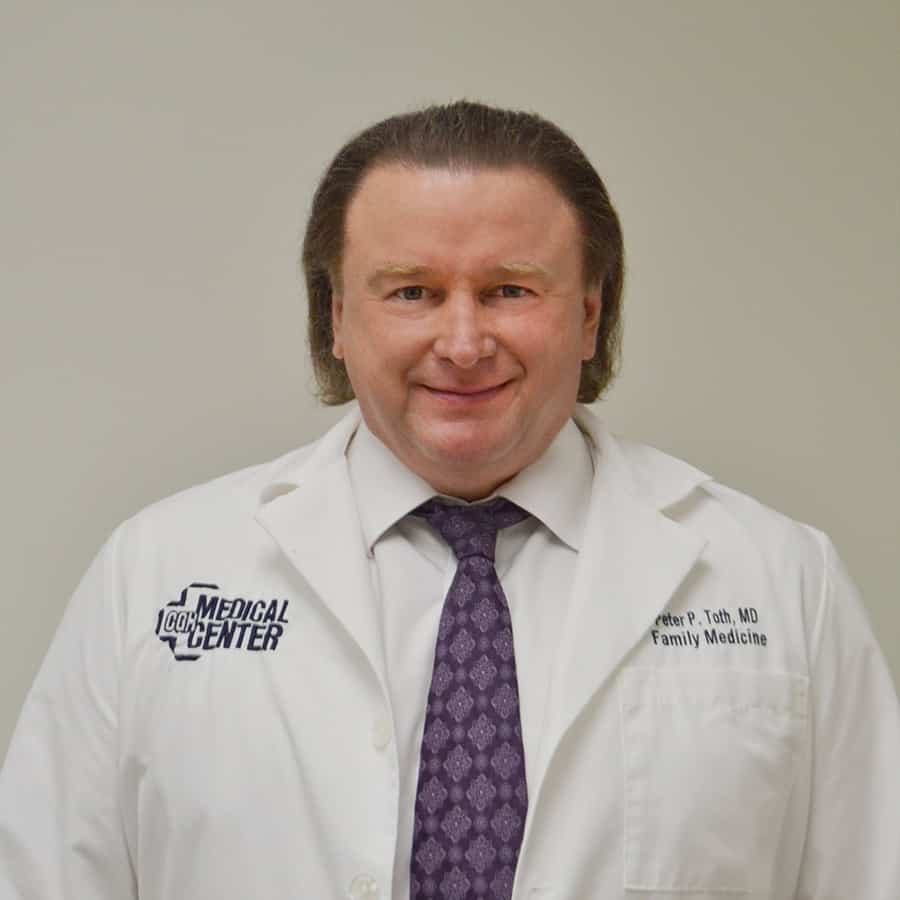The incidence of cardiovascular (CV) disease continues to be high despite widespread statin use. The residual CV risk in statin-treated patients accounts for a large proportion of the healthcare burden today. “Elevated triglyceride levels have long been suspected of being an independent risk factor for atherosclerotic CV disease (ASCVD),” explains Peter P. Toth, MD, PhD. “Interest in triglycerides waned as clinical trials with triglyceride-lowering agents were negative, but those studies were not performed specifically in patients with hypertriglyceridemia. There is now mounting evidence that triglyceride-enriched remnant lipoproteins are pro-inflammatory, proatherogenic, and contribute to CV risk.”
Dr. Toth, MD, PhD, and colleagues had a retrospective study published in Mayo Clinic Proceedings that sought a better understanding of the real-world impact of elevated triglyceride levels on CV outcomes, medical resource utilization, and medical costs among statin users. The authors analyzed 3.5 years of claims data on patients aged 45 years or older with diabetes and/or ASCVD, and about 50% of patients in the study were women. The analysis included data from more than 27,000 people with elevated triglyceride cohort (defined as ≥150 mg/dL) and a comparator group of more than 32,000 people who had lower triglyceride levels (<150 mg/dL) and HDL cholesterol levels higher than 40 mg/dL.
Key Findings
After conducting a multivariate analysis, the investigators found that statin-treated patients who had high CV risk with triglyceride levels of 150 mg/dL or higher—despite having generally controlled LDL cholesterol—had worse CV and health economic outcomes than patients with triglyceride levels lower than 150 mg/dL and HDL-C levels higher than 40 mg/dL. “There was a 25.8% higher rate of occurrence of the composite end point of major CV events in the elevated triglyceride cohort when compared with the comparator group over the mean 3.5 years of follow-up,” Dr. Toth says (Figure). “The elevated triglyceride cohort experienced a 31.9% higher risk for nonfatal myocardial infarction, a 13.7% higher risk for nonfatal stroke, and a 46.1% higher risk for the need for coronary revascularization.” The observed associations remained robust even after adjusting for non-HDL cholesterol and HDL cholesterol in the multivariate model.
Additionally, the researchers found that total direct healthcare costs were significantly higher in the elevated triglyceride population when compared with the comparator group. “We observed an 11.8% higher direct total healthcare cost in the elevated triglyceride cohort than the comparator cohort,” says Dr. Toth. The approximate average annual direct cost difference between the elevated triglyceride and comparator populations was $47 million per year, which translates to $200 million per year per 100,000 patients.
After controlling for specific characteristics, more patients in the elevated triglyceride cohort had an inpatient stay than the comparator group (33.5% vs 30.5%). “There was a 13.4% higher rate of occurrence of inpatient stays per unit time,” says Dr. Toth. Diabetes and ASCVD were significant predictors of an inpatient stay. There was no significant difference between cohorts regarding the proportion of patients with an ambulatory visit. However, a statistically significant difference was seen in the proportion of patients with an emergency department visit in the elevated triglyceride cohort when compared with the matched comparator cohort (55.0% vs 53.7%).
Important Insights
According to Dr. Toth, the study data bring novel perspectives regarding the impact of hypertriglyceridemia, even in statin-treated patients. “Elevated triglycerides contribute significantly to residual CV risk in high-risk patients,” he says. “Therapeutic efforts should be made to reduce serum triglycerides through lifestyle modifications, such as weight loss, dietary changes, smoking cessation, and increased exercise.”
Dr. Toth adds that their findings of substantial residual CV risk among patients with elevated triglycerides also complement those from the recently completed REDUCE-IT trial. “In REDUCE-IT, purified eicosapentaenoic acid provided significant incremental reductions in risk for a broad range of CV events among high-risk patients treated with statins but who had hypertriglyceridemia,” he says. “Taken together, these data provide a compelling rationale for treating patients who have elevated triglycerides despite optimal statin use.”


 Rebecca Shover
Rebecca Shover